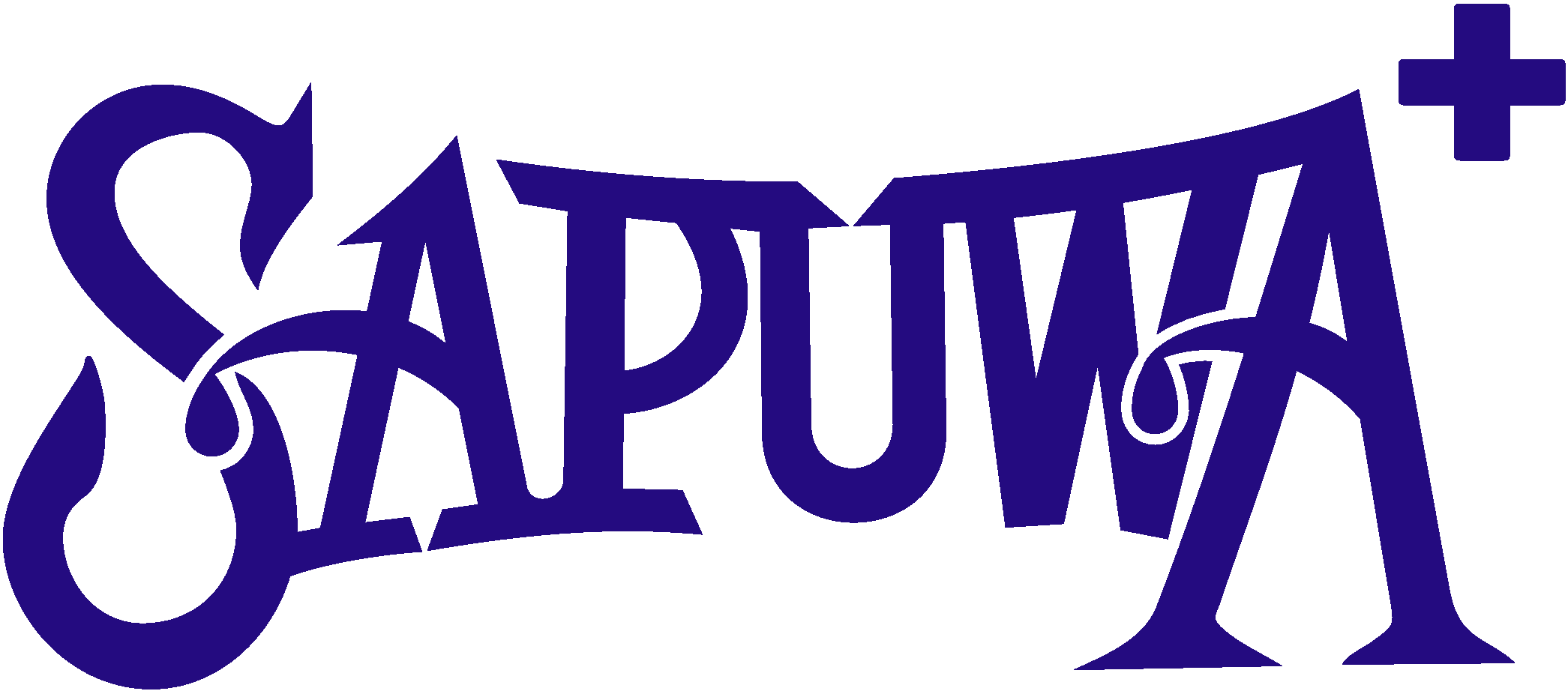Cross Training Employees
Cross training is training an employee to do a different part of the organization's work. Training worker A to do the task that worker B does and training B to do A's task is cross training. Cross training is good for managers, because it provides more flexibility in managing the workforce to get the job done. However, done right, cross training is good for the employees too. It lets them learn new skills, makes them more valuable, and can combat worker boredom.
Cross Training
Cross training can be used in almost any position in almost any industry. My first cross training experience as a consultant was convincing a Customer Service Manager that some of the 13 Customer Service Reps (CSR) who handled telephone enquiries could be cross trained to handle walk-in customers as well. By using staggered lunch hours, she was able to have the telephone CSRs provide lunch relief for the walk-in CSRs and didn't need to hire the additional person she thought she needed.
I cross trained some of my design engineers to go on field installation trips and get first hand knowledge of how their designs worked, or didn't work, in the field.
Cashiers can be trained to stock shelves and stockers trained to cashier. This allows you to quickly open additional registers if the customer queue gets too long.
There are many opportunities for cross training in your area. If you haven't already identified them, look around. And, while you're at it, chat with your peers. There are inter-departmental cross training opportunities as well that can improve the workflow between your departments.
Qualities of the Cross Training
As you prepare cross training plans, you need to consider both the company benefits and the employee benefits. The three examples above demonstrate the value to the company and the manager of cross training, but there are benefits for the employee as well. Cross training an employee gives them the opportunity to learn a new skill. That new skill can make them more valuable, either in their present job or in a different job. Learning the new job can keep them stimulated and reduce worker boredom.
Carefully select the employees to be cross trained. Some people like to learn new things. Some are more comfortable sticking to what they know. Don't decide which employees are ready for a change based on their age or performance. Ask them.
Try to structure the cross training for job enrichment wherever possible. Sometimes, you may only achieve job enlargement, but that can benefit the employee as well.
Job Enlargement
Job enlargement is the horizontal expansion of the job, the addition of tasks that are on the same level of skill and responsibility. The first example above, the cross training of the CSRs, is an example of job enlargement cross training. The people cross trained to handle walk-in customers needed to be trained in some new tasks, but the level of responsibility was the same. Still, being able to sit in the lobby rather than the basement made the job different enough that they enjoyed the change.
Job Enrichment
Job enrichment entails a vertical expansion of the job, the addition of tasks that give the employee more control or more responsibility. For example, a company may decide to cross train its HR generalists to use the HRIS so they can run their own reports. Rather than submitting requests and waiting for someone else to run the reports, they have the additional control over their job of being able to get the reports whenever they need them.
Manage This Issue
Cross training is good for both the company and its employees. Choose the employees carefully. Try to structure the cross training for job enrichment. Look creatively for opportunities to cross train within your department or between departments. The benefits of cross training are worth the effort.
Source: management.about.com
Collected by Nhu-Vu SAPUWA
Relative post
- The Virtue of Admitting Fault
- The Power of Admitting A Mistake
- How to Work From Home Effectively
- 7 simple tips to tackle working from home
- 5 ways to make working from home better
- Top 10 Reasons to Start Your Own Business
- Success Tip: To Be Different, You Have To Think Different
- How To Stop Thinking And Start Doing
- Connected Employees: 10 ways to connect with your team
- 5 Ways To Help Teams Connect Virtually
- 10 Things Leaders Managing Remote Employees Should Do
- Seven ways to build the solidarity economy








 0
0


